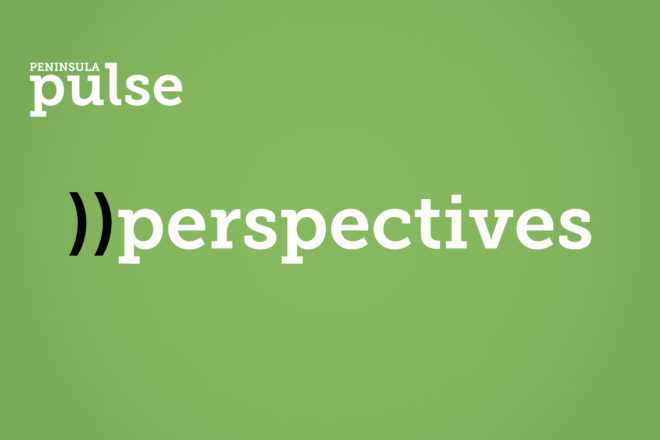The Pulse of Philanthropy: Women, Girls, and Charitable Giving
- Share
- Tweet
- Pin
- Share

Fifteen years ago, I found myself sitting at Door County Coffee with Jane Stevenson, Sue Todey, and the late BJ Cassidy discussing the status of women and girls in Door County. In the succeeding months, Sherry Mutchler, Barb Perloff, and Orlaine Gabert would join us as we collectively poured over statistics, looked at benchmarking data, and met with countless local charities to better understand these issues. These talented and committed people were the original leaders of the Women’s Fund of Door County.
The primary driver behind the creation of the Women’s Fund was the recognition that too few of our community’s donors either understood and prioritized challenges that are unique to women and girls, or had a disproportionate impact on them. Of course, 15 years ago Door County’s situation wasn’t unique; this was a universal challenge in our nation.
Remarkably, only in the last decade or so has the charitable sector begun to rigorously research philanthropic investments in women and girls. In 2019, the Women’s Philanthropy Institute at the Indiana University Lilly Family School of Philanthropy launched the Women & Girls Index. It was then, and still is today, the only comprehensive database on charitable work specifically targeting women and girls. Their latest report was issued a few months ago and the results are decidedly mixed.
“Issues affecting women and girls (e.g. the gender-pay gap, sexual harassment and assault) have received increased attention in recent years, but charitable giving to organizations addressing these issues lags behind,” noted the Women & Girls Index 2023 report.
The good news is that funding for charitable work benefitting women and girls increased 9.2% in the latest year to a total of $8.8 billion nationwide. While we should rightfully celebrate any increase, we need to put that growth in perspective. During the same year, charitable donations to all causes increased by 11.3%. Consequently, as a portion of the overall giving pie, the percentage of philanthropic dollars targeting women and girls actually fell from 1.84% to 1.81%. Further, because giving to causes focused on women and girls is such a tiny percentage overall, it only takes a handful of extremely wealthy donors to skew the statistics and make the situation seem better than it truly is. For example, the report notes that MacKenzie Scott, the co-founder of Amazon, single-handedly accounted for 2% of all giving to women and girls.
Clearly, we still have some work to do as a society.
Thankfully, the research also shows us that talking about this disparity in giving is, in and of itself, part of the solution. The 2023 Bank of America Study of Philanthropy asked wealthy donors what motivated people to support women’s and girls’ causes. Of respondents, 8.2% said “hearing that women’s and girls’ causes receive less than 2% of all charitable giving” is what caused them to make a contribution. Simply talking about the lack of attention women’s and girls’ issues receive is an important step to addressing the problem. It also highlights the continuing importance of groups like the Women’s Fund of Door County.
“Women’s and girls’ causes overlap with every other charitable subsector,” noted the report. “This means donors can adjust their existing charitable giving to address women’s and girls’ causes. Prospective donors are likely aware of gender equity issues but may not have translated this awareness into actual giving to women’s and girls’ organizations. Donors should consider how their values align with their current giving, and whether [women’s and girls’] organizations should play a more prominent role in their giving portfolio. While the state of funding for women and girls is dismal, this also means that individual donors can make a big difference.”
One of the great things about America is that we have the freedom to choose for ourselves what we care about and how we spend our money. If you are concerned about the state of women and girls in our community, use that as one of the lenses through which you determine your giving priorities.
Our charitable actions, especially when rooted in our fundamental values, have the potential to inspire and influence others. They can initiate discussions, encourage reflection, and even motivate others to engage in giving themselves. When we lead by example, aligning our philanthropy with our values, we create a community of givers, amplifying the impact of our generosity.
Decide what you value most about life in Door County. Then let that be your guide. Give to the charities that address the causes about which you care most. Give Door County.
Bret Bicoy is President & CEO of the Door County Community Foundation. Contact him at [email protected].

